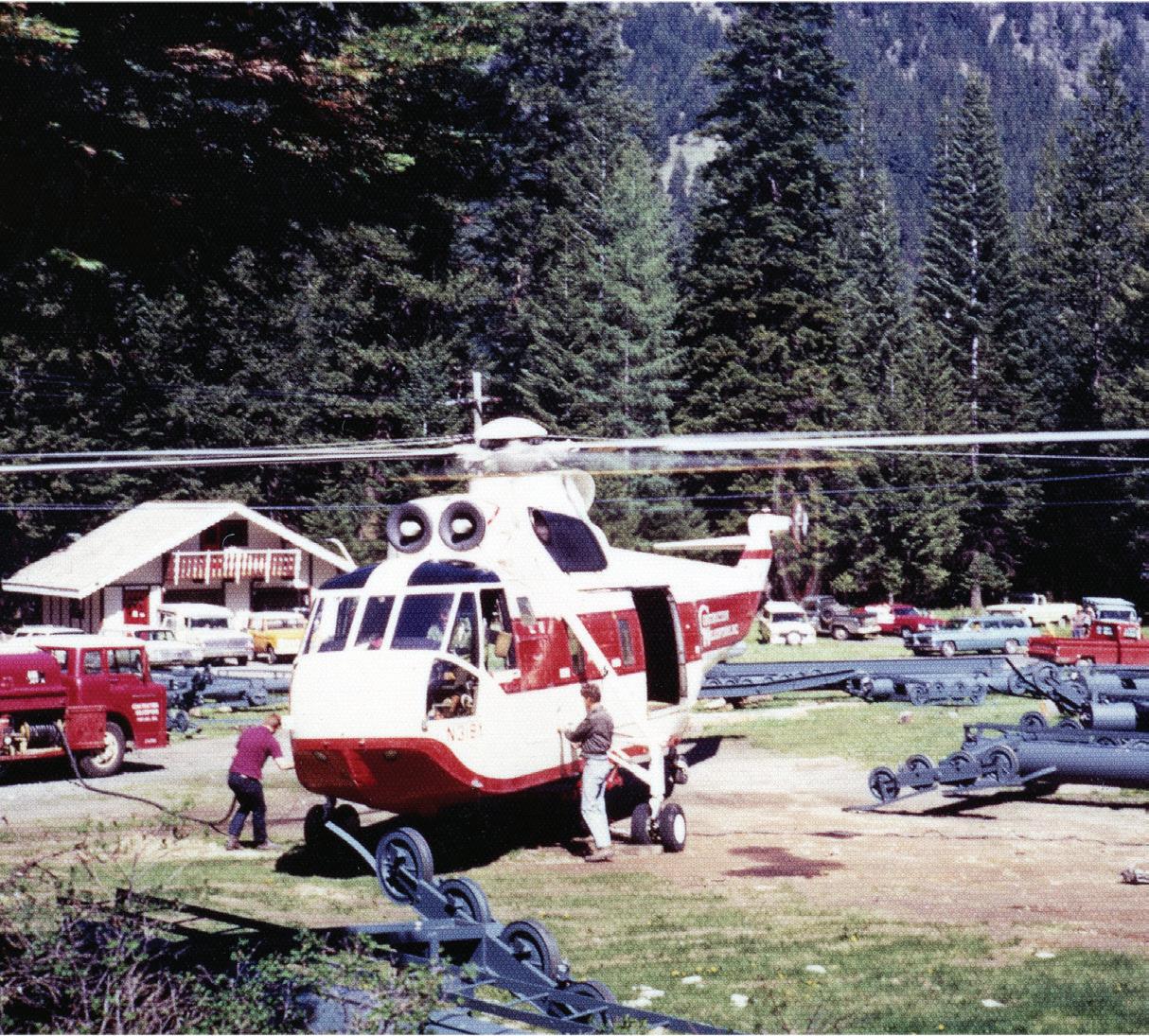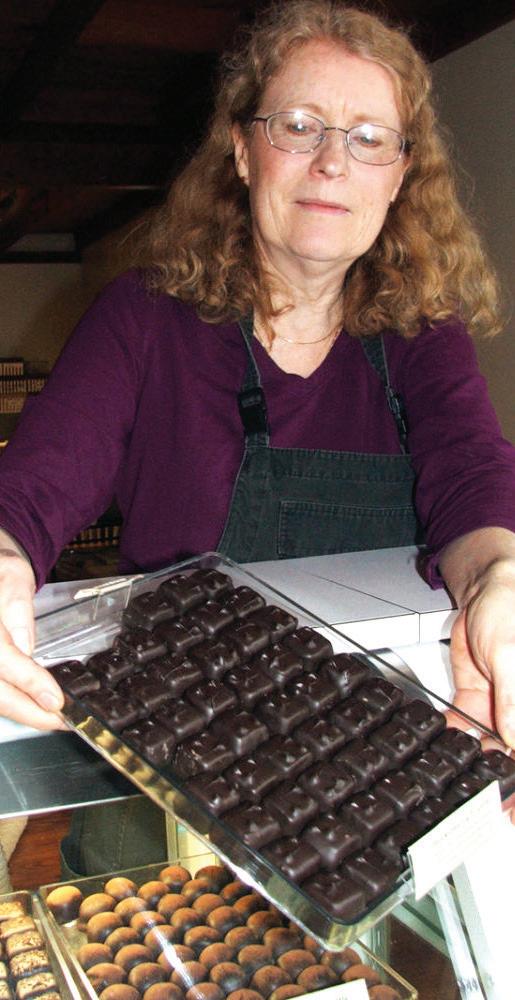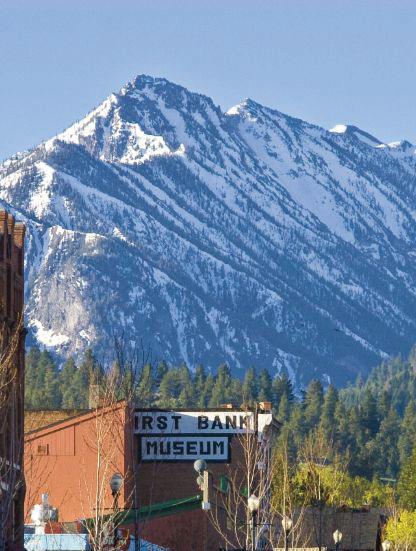
2 minute read
Maxville memories
Former logging town, home to dozens of Blacks, marks its centennial
Story by Bill Bradshaw
The 100th anniversary of the former logging town of Maxville will take place Friday and Saturday, June 2-3, at the old townsite about 13 miles north of Wallowa.
The centennial anniversary is being sponsored by the Maxville Heritage Interpretive Center based in Joseph. Executive Director Gwen Trice is the daughter of one of the original loggers at Maxville.
She said visitors to Maxville will be asked to park at the intersection of Highway 82 and Promise Road and take a shuttle.
Because it is a sensitive archaeological site, “We want to have a light footprint on that site,” she said.
Visits to the townsite will be from 11 a.m. to 4 p.m. June 2 and from 11 a.m. to 3 p.m. June 3.
Maxville had a population of about 400 residents, 40 to 60 of them African American, according to the Oregon Encyclopedia. It was the largest town in Wallowa County between 1923 and 1933.
The Bowman-Hicks Lumber Co., based in Missouri, recruited experienced loggers from throughout the South and Midwest for the Maxville logging operation, and most of them traveled by rail — in boxcars — to Wallowa County. The company built a new town for the loggers and their families, both white and Black, at Bishop’s Meadow. Originally named Mac’s Town, after Bowman-Hicks superintendent J.D. McMillan, the name was changed to Maxville.
Maxville was a railroad-logging town. Because trucks were not durable or large enough to profitably haul the large ponderosa pine logs out of the forest, the felled trees were skidded, using steam engines, steam donkeys and field horses. Workers also used elaborate timber chutes to move logs.
Company jobs were typically segregated based on ethnic origin. Black workers felled the trees in teams, using cross-cut saws, and many had experience as loaders, cutters, railroad builders, tong hookers and section foremen.
In Maxville, the primary use of their expertise was cutting, and there are firsthand accounts of Black workers repairing and maintaining the railroad engine. The Greek workers at Maxville had expertise in railroad building, and white workers worked as section foremen, tree toppers, saw filers, contract truck drivers and bridge builders.
The town had a post office, medical dispensary, company store, hotel, horse barn, blacksmith and roundhouse to turn the log-train engines. The buildings, manufactured at the local mill, were brought to Maxville by train on skids. Only one structure remains from that boom time — a large log building where the BowmanHicks Co. ran the business. The building also served as a meeting place for residents of Maxville.
That 1,600-square-foot building with a two-story stone fireplace is being restored at Bronson Log Home Builders in Enterprise. However, given the size of that project, the building won’t be completed until later this year.
“It’s a big process that requires lots of people doing it and we want to do it right,” Trice said.
She said a variety of exhibitions are planned, though those plans are still in the making. A website is under construction that will have more detailed information on what visitors can expect. In addition to the historic displays, there will be included kids activities, locally inspired food carts and a free celebratory dessert.
Trice said the event is alcohol and drug-free. She said the project received support from the Smithsonian Institution as part of “Our Shared Future: Reckoning with our Racial Past Initiative.” It is funded in part by Bank of America.
Anyone interested in taking part and visiting during the centennial is asked to register at maxvilleheritage.org. Trice said registration is required for a head count for the shuttles and Americans with Disabilities Act needs.













